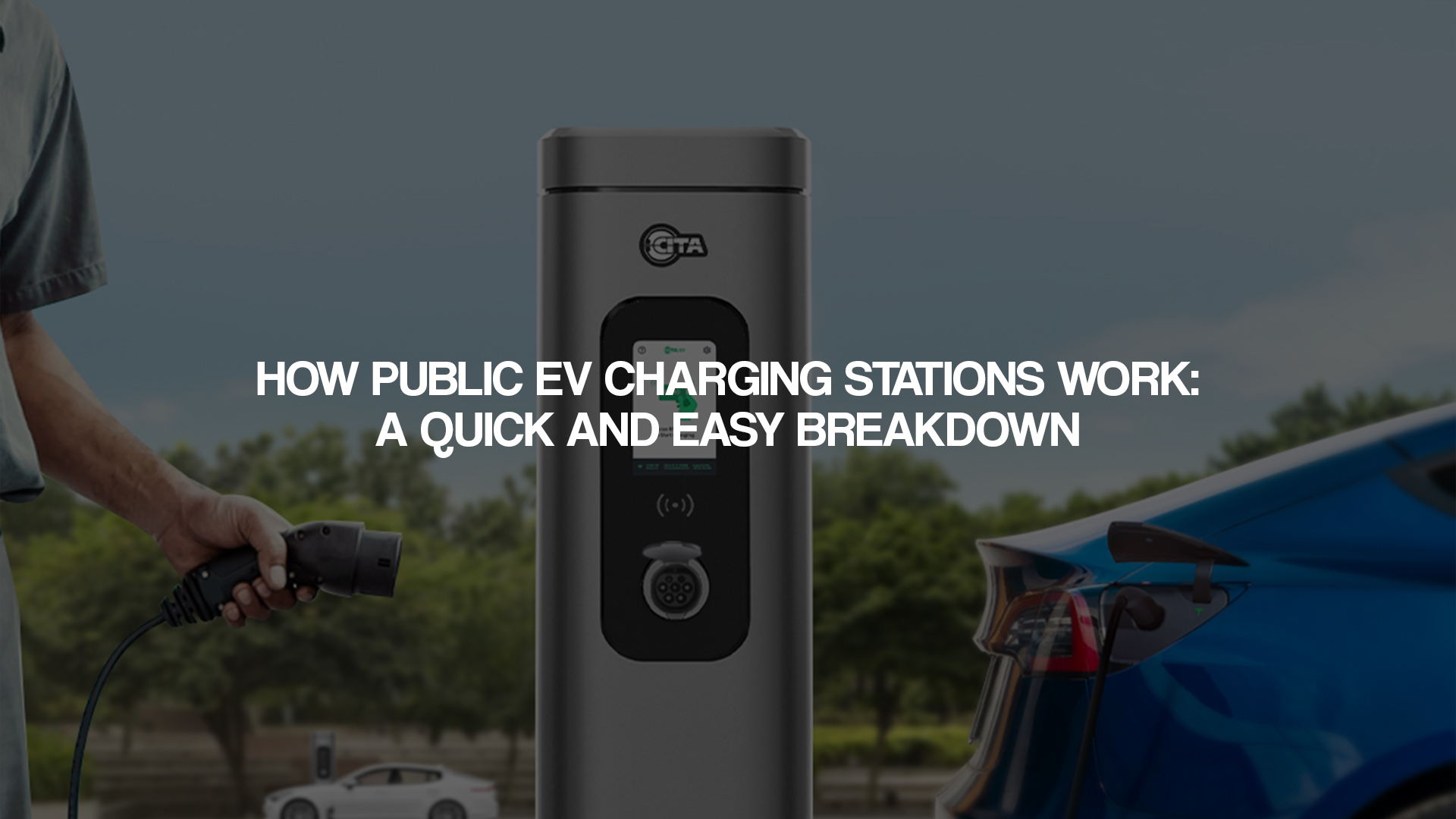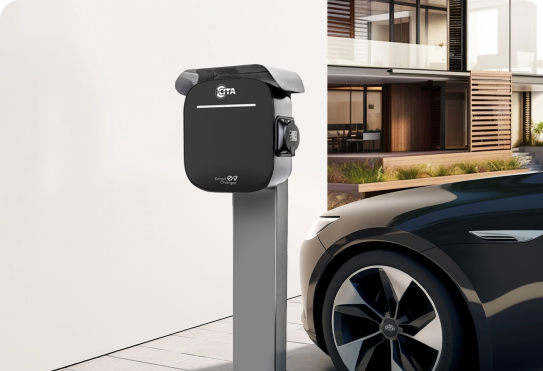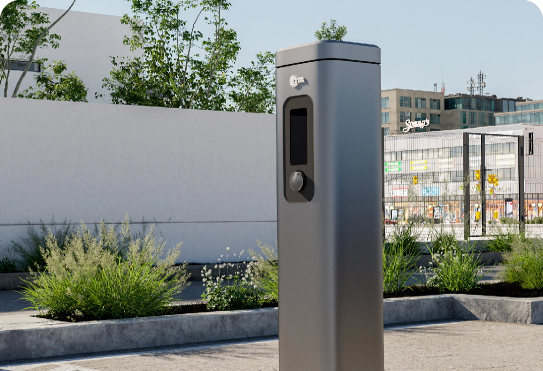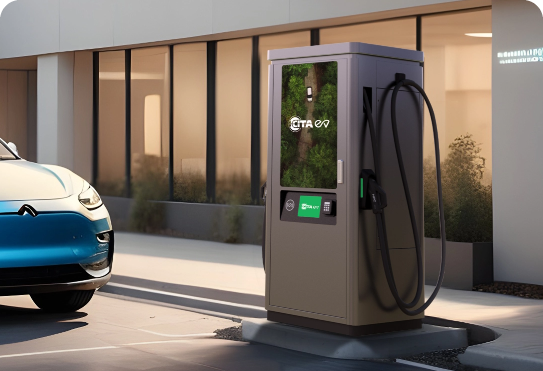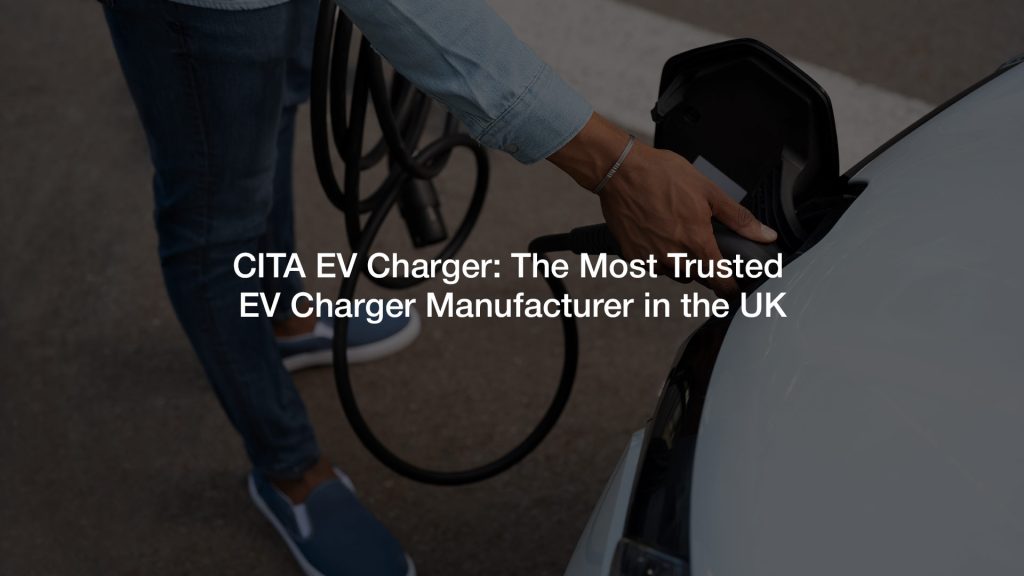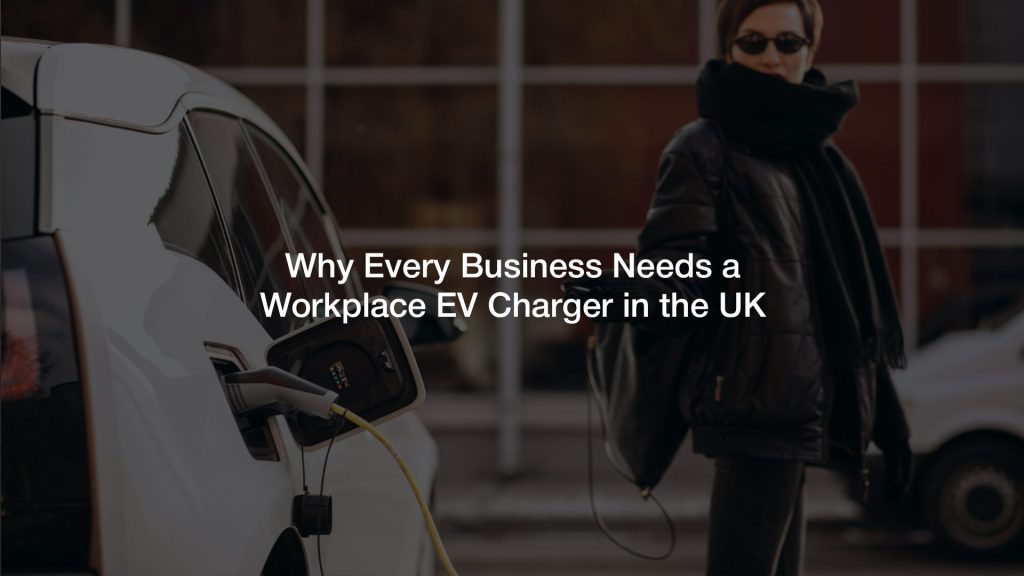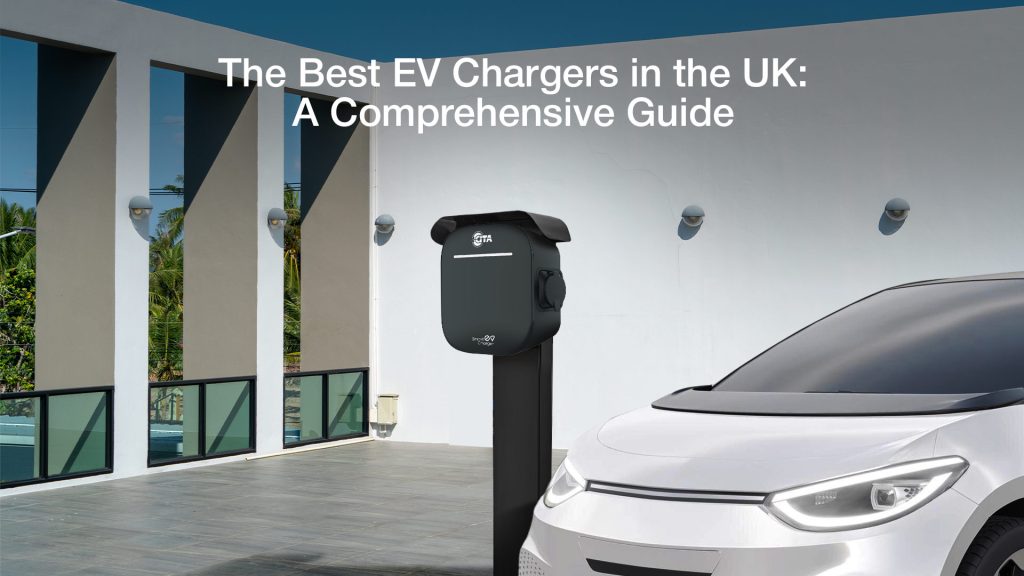In a world rapidly transitioning to clean energy, have you ever wondered how public EV charging stations work? With over 1 million electric vehicles on UK roads and a goal to ban new petrol and diesel cars by 2035, the surge in demand for Public EV Charging Solutions has never been more pressing. At the core of this green revolution lie EV Charging Stations, ensuring your vehicle is always road-ready.
Whether you’re powering up at a motorway stop or charging at a mall, EV chargers deliver electricity efficiently and safely to your electric car. And thanks to innovations like AC & DC EV Chargers and robust EV Charger Management Software, the process has become seamless, fast, and smarter than ever. Stay with us to discover the ultimate guide on how public EV charging stations function and how to choose the best system for your needs.
Understanding the Basics: What Are EV Charging Stations?
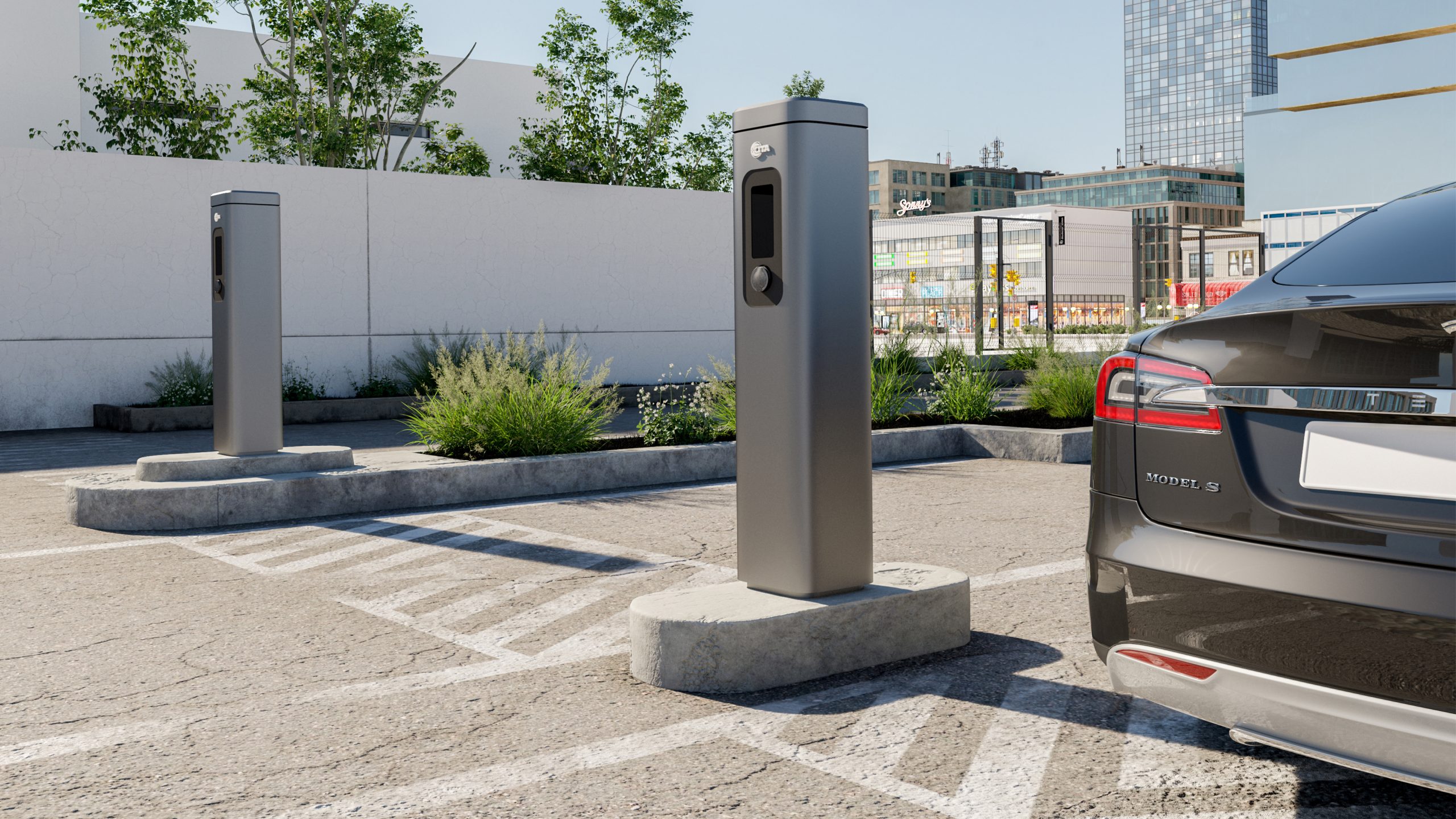
Public EV charging stations are designed to supply electricity to recharge electric vehicles while parked at commercial spaces like car parks, service stations, retail stores, or city streets. Unlike home EV chargers, these systems need to accommodate various EV models, multiple users, and high daily footfall. These stations connect to the vehicle’s battery, converting AC or DC electricity to charge it effectively. AC charging is common for home use, while DC charging is designed for rapid public charging, especially Fast EV Chargers in the UK and Ultra Fast EV Chargers found on highways.
The Core Components of Public EV Charging Stations
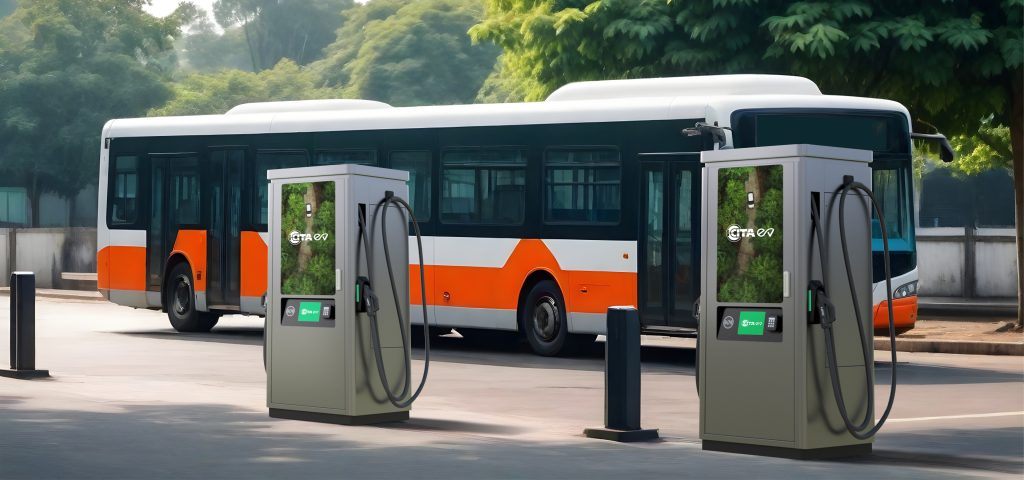
Public EV Charging Stations are not just basic plug-and-go setups—they are advanced ecosystems engineered to deliver safe, efficient, and smart energy transfer for electric vehicles in shared, high-traffic environments. Understanding their core components is essential for operators, municipalities, and businesses aiming to deploy scalable EV Charging Solutions.
1) Power Source – The Fuel Behind Every Public Charge
Every Public EV Charging Station requires a reliable and scalable power source, often drawn from the main grid, renewable energy like solar, or a hybrid system combining both. The power source determines how fast and sustainably vehicles can be charged.
In Smart EV Charging Solutions, these power sources are integrated into energy management systems, helping operators balance demand across stations, reduce peak-time strain, and optimise for eco-friendly performance, particularly in urban hubs and commercial areas.
2) EVSE – The Smart Charging Unit in Public Spaces
The Electric Vehicle Supply Equipment (EVSE) is the hardware component installed in car parks, kerbside zones, and commercial stations. It manages electrical flow, conducts safety diagnostics, and handles session communication with the vehicle.
Public EVSEs are engineered for high durability, often with IP-rated weatherproof enclosures, tamper resistance, and digital interfaces for users. These units must comply with industry standards to ensure safety, accessibility, and seamless operation across diverse EV models and public conditions.
3) Connector and Cable – The Link Between Car and Charger
Public EV Charging Stations must support a variety of charging connectors like Type 1, Type 2, and CCS to cater to different EV models. The connector and cable system ensures compatibility, durability, and efficient current transfer under continuous public use.
Many public stations offer tethered cables with locking mechanisms, thermal monitoring, and automatic retraction systems. EV charger manufacturers often include modular connectors to simplify maintenance and enable upgrades without replacing the entire unit.
4) Onboard EV Charger — The Hidden Hero Inside Your Car
Inside every electric vehicle, the onboard charger manages how electricity is converted and delivered to the battery, especially when using public AC charging points. However, in public settings where fast DC charging is common, this onboard component is often bypassed as power flows directly to the battery for rapid charging.
Understanding the role of the onboard charger helps public charging operators design stations that match user needs, ensuring compatibility and efficient energy delivery. It also highlights why some public chargers provide faster service by delivering power that doesn’t rely on the vehicle’s internal conversion limits.
5) Management System — The Brain Behind Smart Charging
Public EV Charging Stations now heavily rely on integrated EV Charger Management Software. These platforms enable real-time station monitoring, dynamic load balancing, user authentication, remote diagnostics, and payment processing via mobile apps or RFID cards.
Operators gain access to detailed analytics, helping them track usage, schedule maintenance, and optimise energy distribution across multiple sites. Public users benefit from transparent pricing, instant session updates, and the convenience of seamless, app-based interactions with public infrastructure.
Choosing the Right EV Charger: Power Levels Explained
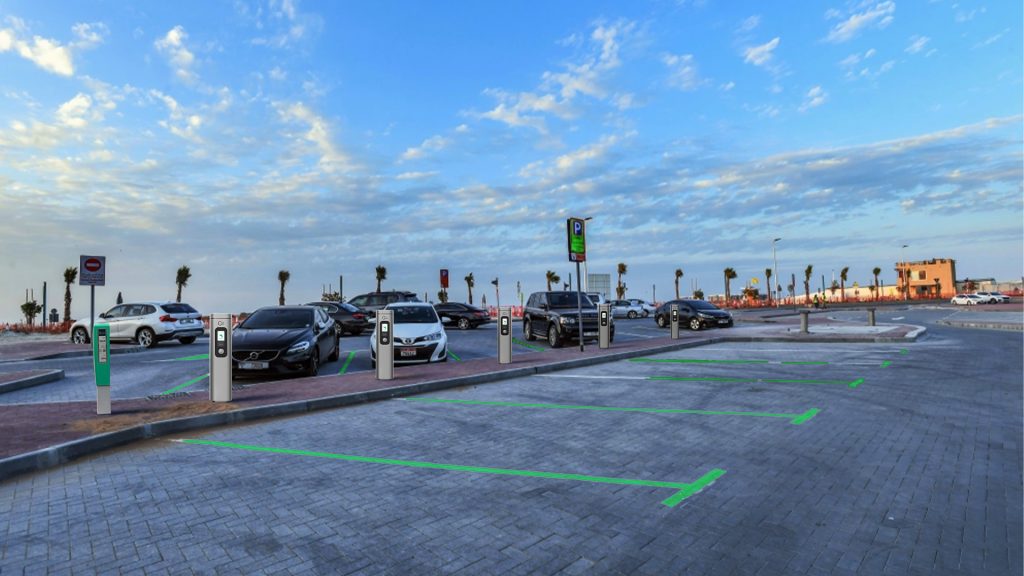
As electric vehicle adoption accelerates, public charging infrastructure must be versatile, efficient, and scalable to meet growing demand. Whether managing busy commercial hubs, fleet depots, or public car parks, selecting the right public EV charging station is critical for seamless operations. Below are the primary types of public EV chargers designed to serve various site needs and user profiles.
44 kW Dual AC EV Chargers – Dual Port for Multiple Vehicles
Need to charge two EVs simultaneously? Our 44 kW Dual AC EV Chargers are the ideal public charging solution. Perfect for fleet hubs, hotels, and business premises, these EV chargers enable concurrent charging with independent session tracking, smart load distribution, and compatibility with most EV models.
Built to handle high usage, they support seamless user authentication, remote monitoring, and robust weatherproof designs for reliable performance in busy outdoor environments.
60–360 kW DC EV Chargers — Super Fast EV Chargers in UK
For rapid energy delivery at public charging points, our Fast and Ultra Fast DC EV Charging Solutions offer unmatched speed and efficiency. Delivering from 60 kW up to 360 kW, these EV chargers are specifically designed for EV corridors, motorway service stations, and logistics hubs.
They provide up to 80% battery charge in under 20 minutes for compatible vehicles, supporting heavy traffic volumes with features like dynamic load management, remote diagnostics, and multi-protocol compatibility to accommodate all major EVs.
Installation: What You Need to Know Before Your Public EV Charging Station Goes Live
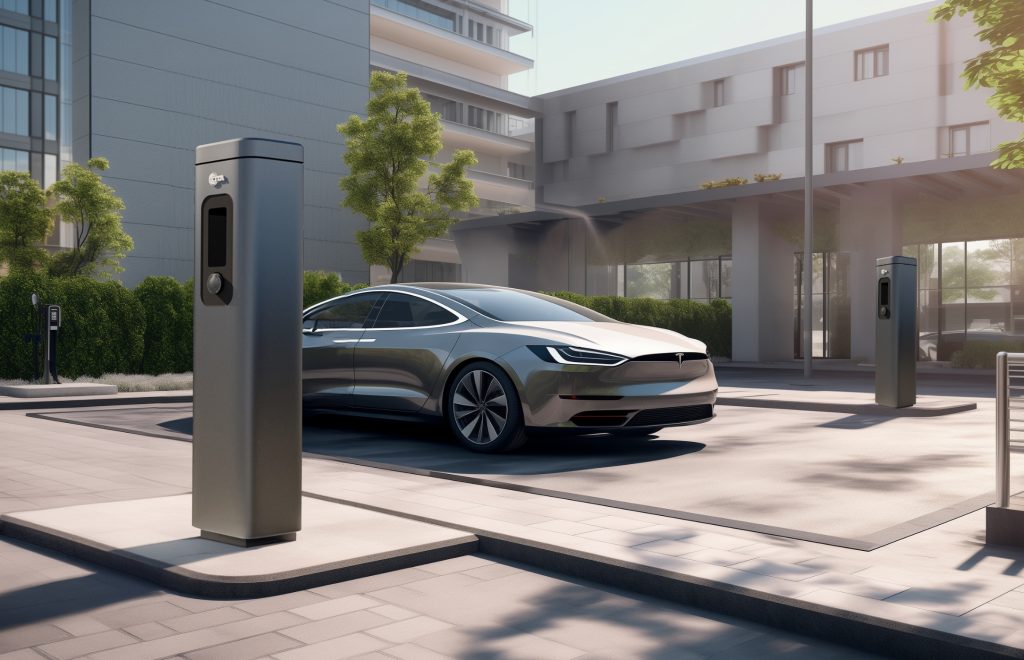
Installing a Public EV Charging Station involves careful planning and expert execution to ensure safety, reliability, and compliance with industry standards. Here’s what the process typically entails for commercial and public charging infrastructure:
1) Site Survey and Load Assessment
A sleek, compact design is essential for maximizing limited space, especially in urban UK homes. Many Certified EV Chargers offer slim profiles and wall-mounted options that blend seamlessly into garages or driveways. This space-saving approach keeps your charging area tidy without compromising performance or accessibility.
2) Power Supply and Fuse Rating Evaluation
Before installing any public charging station—especially high-capacity units like 22 kW AC or Fast DC Chargers—qualified installers evaluate the existing power supply, circuit capacity, and fuse ratings. Public sites often require grid upgrades or dedicated circuits to support the robust demands of Smart EV Charging Solutions designed for heavy commercial use.
3) Certified Installer Requirement
Public EV Charging Stations demand professional installation by certified electricians adhering to UKCA and CE standards. Using certified installers not only guarantees safe and compliant operation but also protects warranties and reduces risks associated with electrical faults, ensuring long-term reliability in busy public environments.
4) Certified EV Chargers with Advanced Safety Features
Opt for Certified EV Chargers equipped with essential safety technologies such as fault detection, surge protection, and intelligent load management. These features are vital for public charging stations, safeguarding users and equipment while ensuring adherence to safety regulations and insurance requirements.
5) Integration with EV Charger Management Software
For efficient operation and scalability, integrate your public EV Charging Station with advanced EV Charger Management Software. This enables remote monitoring, user authentication, dynamic load balancing, and detailed energy usage analytics—key capabilities for commercial operators, fleet managers, and charging network providers looking to optimise service and costs.
How Do Public EV Charging Stations Work?
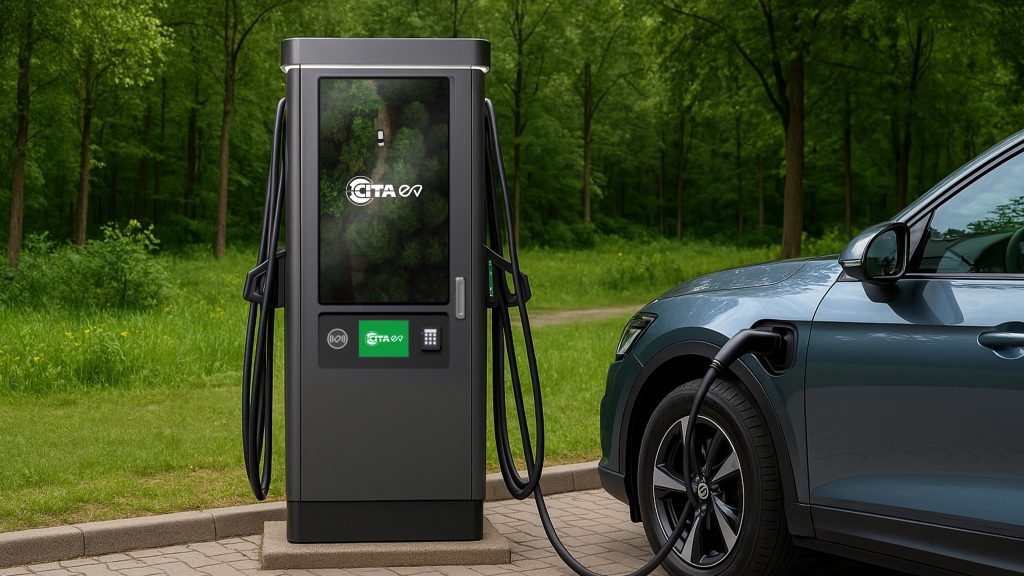
Public EV charging stations are sophisticated systems designed to provide efficient, safe, and user-friendly electric vehicle charging solutions. These stations combine advanced hardware, smart software, and seamless network connectivity to ensure an optimal charging experience for EV drivers. Whether in commercial hubs, shopping centers, or transport corridors, understanding the process helps users appreciate the technology behind Smart EV Charging Solutions.
Here’s a step-by-step breakdown of how public EV charging stations operate:
1) Vehicle Connection - Plug In with Compatible Connectors
The charging process begins when you connect your electric vehicle to the public EV charger using a compatible cable. In the UK, most public chargers support Type 2 connectors for AC charging and Combined Charging System (CCS) plugs for DC fast charging. This compatibility ensures broad accessibility for various EV models, making public EV Charging Solutions convenient and efficient.
2) Authentication - Secure and Seamless Access
Before charging starts, you must authenticate your session using methods like RFID cards, mobile apps, or contactless payments. These authentication processes safeguard user access and allow EV Charging Companies to manage billing and usage effectively. This step is critical in maintaining secure and smooth operation across public charging networks.
3) Communication Protocol - Intelligent Coordination Between Car and Charger
Once connected and authenticated, the EV and the charger communicate via established protocols to negotiate charging parameters such as voltage, current, and maximum charging capacity. This smart interaction ensures the charging session is optimized for safety, battery health, and efficiency, which are especially important for advanced Smart EV Charging Solutions.
4) Charging Session - Efficient Power Delivery
With the setup complete, the charging session begins. The EV charger supplies power to the vehicle’s battery, with real-time updates displayed on the charger’s screen or via a mobile app. Public EV charging stations are designed to deliver fast, reliable power while monitoring safety parameters continuously, offering users a hassle-free charging experience.
5) Monitoring and Management - dvanced Software Controls
Public EV Charging Solutions are integrated with sophisticated EV Charger Management Software that oversees each session’s energy consumption, duration, and cost. This management system enables operators to optimize load balancing, monitor EV charger health, and provide detailed analytics—ensuring efficient use of energy resources and a better user experience for commercial and public charging sites.
6) Session Completion and Billing - Automatic and Transparent
Once your vehicle is fully charged or you manually end the session, the system automatically terminates power delivery and processes the billing based on usage. This seamless transaction supports various payment methods, providing transparent and convenient payment solutions for drivers and fleet operators alike.
Choosing the Right EV Charging Partner for Your Public EV Charging Station
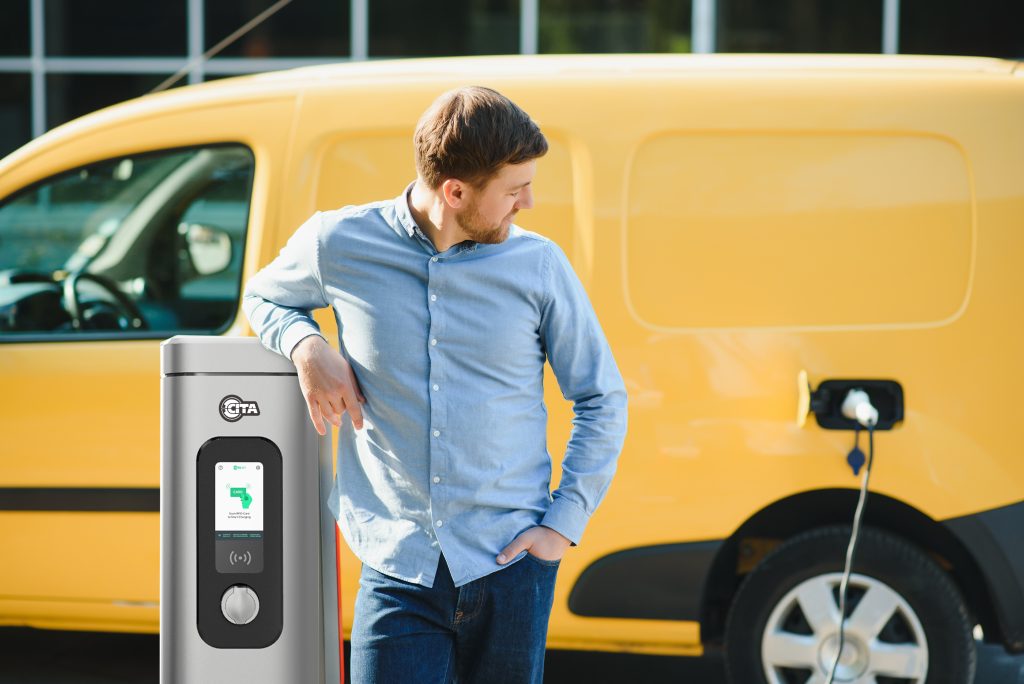
Selecting the ideal EV charging partner is crucial to ensure reliable, efficient, and future-proof public EV Charging Solutions. The right partner not only provides quality hardware but also offers scalable software, excellent support, and seamless integration.
Here are five key factors to consider when choosing a leading EV charger manufacturer in the UK.
1) Proven Industry Experience and Expertise
Partner with a top EV charger manufacturer in the UK with a strong track record in delivering public EV charging stations. Experience ensures they understand market demands, compliance requirements, and emerging technologies, guaranteeing dependable and innovative EV Charging Solutions.
2) Scalable Hardware and Software Ecosystem
Look for EV charger companies offering scalable hardware combined with smart EV charger management software. This flexibility allows your public charging infrastructure to grow with demand while maintaining optimal energy management and user experience.
3) 24/7 Support and Maintenance Services
A trusted EV Charging Company provides round-the-clock support and maintenance to minimize downtime and ensure continuous operation. Reliable service teams help manage faults, updates, and upgrades, which are critical for commercial and fleet charging environments.
4) Strong Customer Satisfaction and Reputation
Choose partners with consistently high customer ratings (4.5+), reflecting our commitment to quality, reliability, and user satisfaction. Positive reviews from public charging station operators demonstrate trustworthy service and product performance.
5) Comprehensive Solutions with Certified Products
A leading EV charger manufacturer in UK, like CITA EV charger, delivers more than just hardware. Our certified EV Charging Solutions include smart apps, management tools, and secure payment integration, forming a complete ecosystem tailored for public EV charging needs.
Public Charging Best Practices for Users
Using public EV Charging Solutions efficiently not only benefits individual EV owners but also supports the wider EV community by maximizing charger availability and promoting smooth operation. Adopting best practices ensures a seamless experience with Smart EV Charging Solutions and helps maintain a sustainable charging infrastructure. Here are some key guidelines for public EV charging station users:
1) Check Compatibility Before Plugging In
Always verify that the public charger supports your vehicle’s connector type—whether it’s Type 2, CCS, or CHAdeMO. Ensuring compatibility with the EVSE provided by top EV charger manufacturers in the UK prevents connection issues and guarantees optimal charging speeds.
2) Use Mobile Apps for Convenience and Efficiency
Leverage apps offered by leading EV Charging Companies to locate the nearest available public EV charging stations, reserve charging slots, and monitor your charging session in real time. These smart EV charger management tools improve user convenience and reduce wait times.
3) Avoid Overcharging to Maximize Availability
Once your vehicle reaches full charge, promptly disconnect to free up the charger for other users. Responsible use of public charging infrastructure helps support the growing demand for EV Charging Solutions and ensures fair access across communities.
4) Stay Updated with Software and Firmware Enhancements
Regularly update your vehicle’s and charging app’s software to benefit from improved functionality, enhanced security, and new features offered by certified EV charger manufacturers. Staying current helps you enjoy a smoother, more reliable EV charging experience.
5) Promote a Respectful and Sustainable EV Community
Power Up Your Journey with Confidence—Choose a CITA EV Charger
Understanding how public EV charging stations work helps every driver make smarter, greener travel decisions. At CITA EV Charger, our mission is to build a reliable, future-ready charging ecosystem. From Fast and Ultra Fast DC EV Chargers to AC EV Chargers with smart software, we combine certified hardware, 24×7 support, and user-first design.
As a leading EV charger service provider in the UK, we invite you to explore our range of products and management tools designed to make EV charging seamless and sustainable.
Ready to power up?
Get in touch with us today to find your perfect Public EV charging station.



